Planting in Containers and Pots: Maximizing Greenery in Small Spaces
Planting in containers and pots is a versatile and space-saving solution for bringing greenery and color to small outdoor areas such as balconies, patios, and window sills. With careful selection of plants, suitable containers, and proper care, you can create lush and inviting mini-gardens even in the most limited spaces. Follow these steps to maximize greenery in small spaces with container gardening:
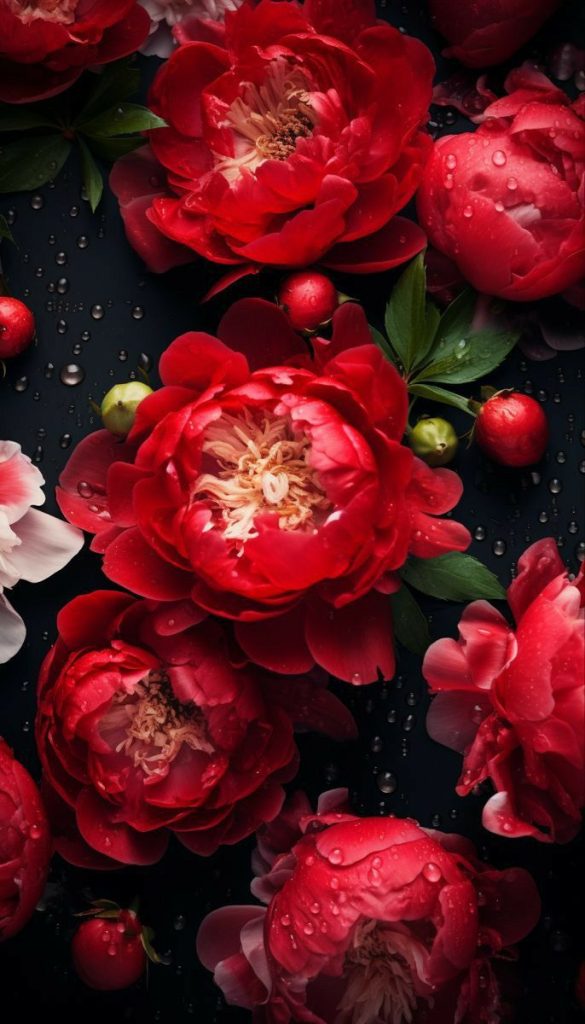
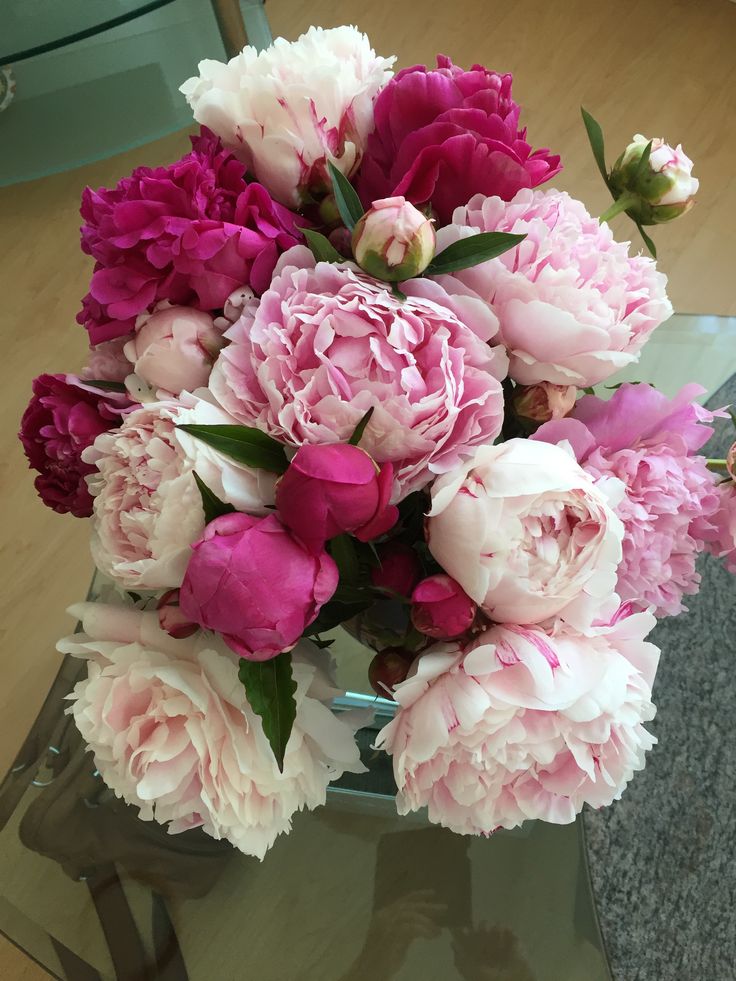
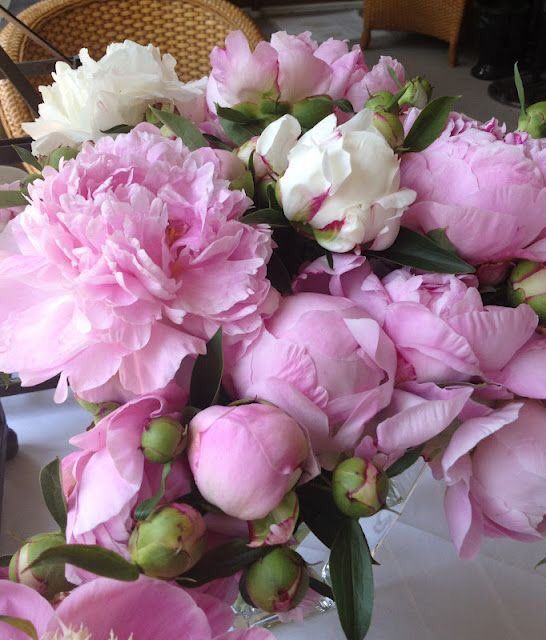
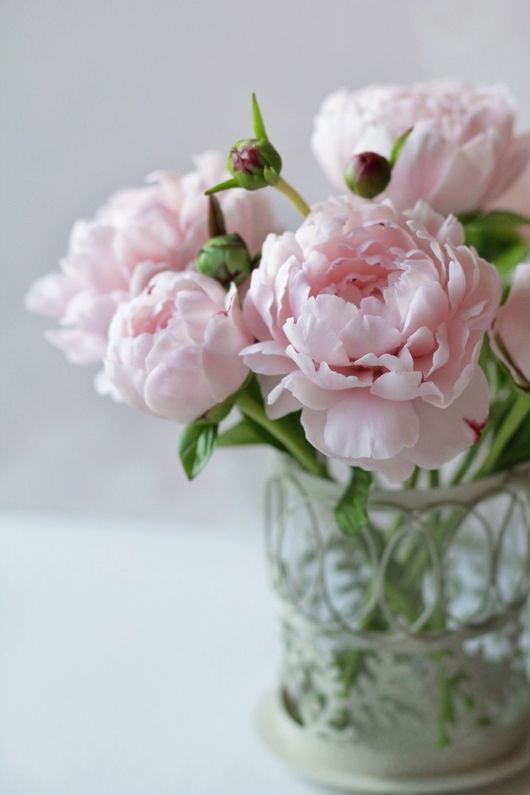
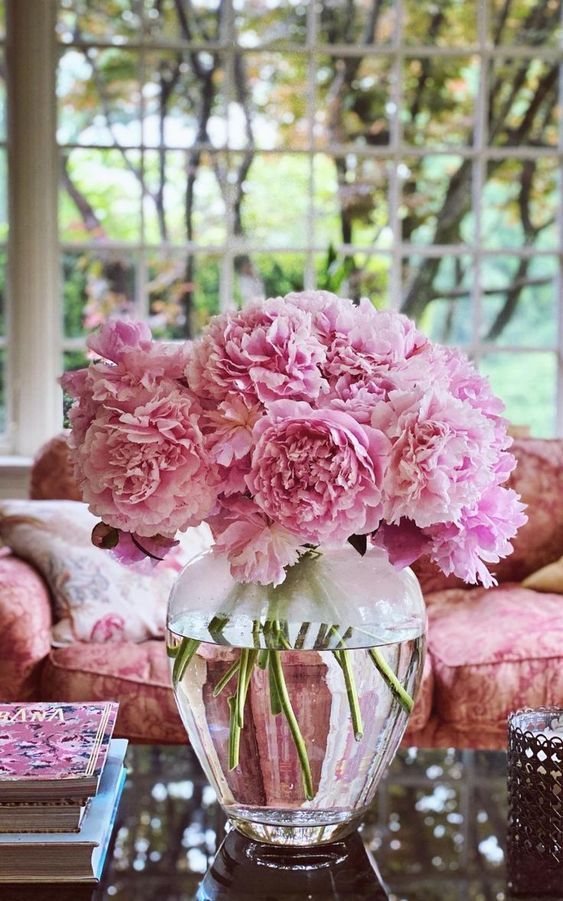
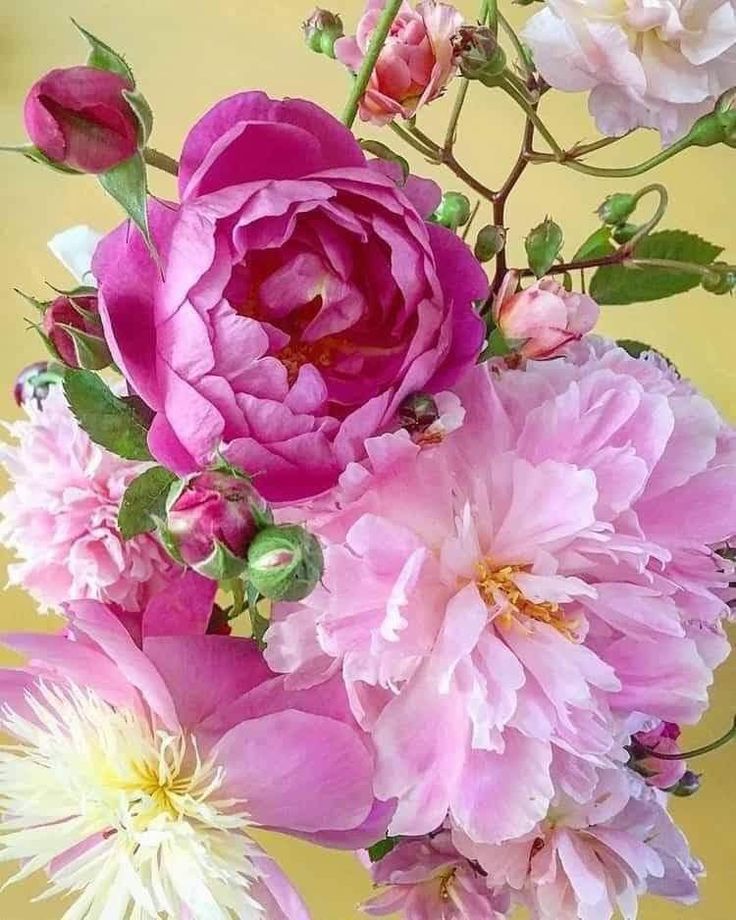
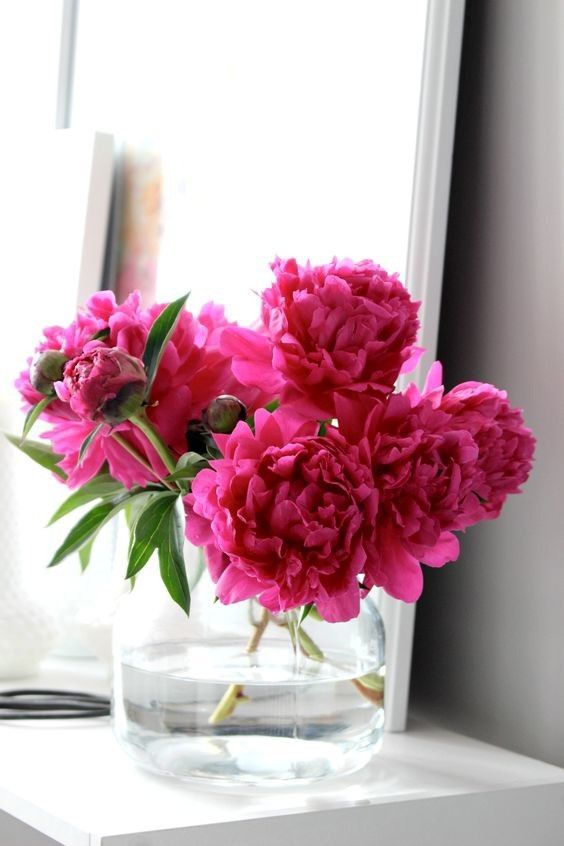
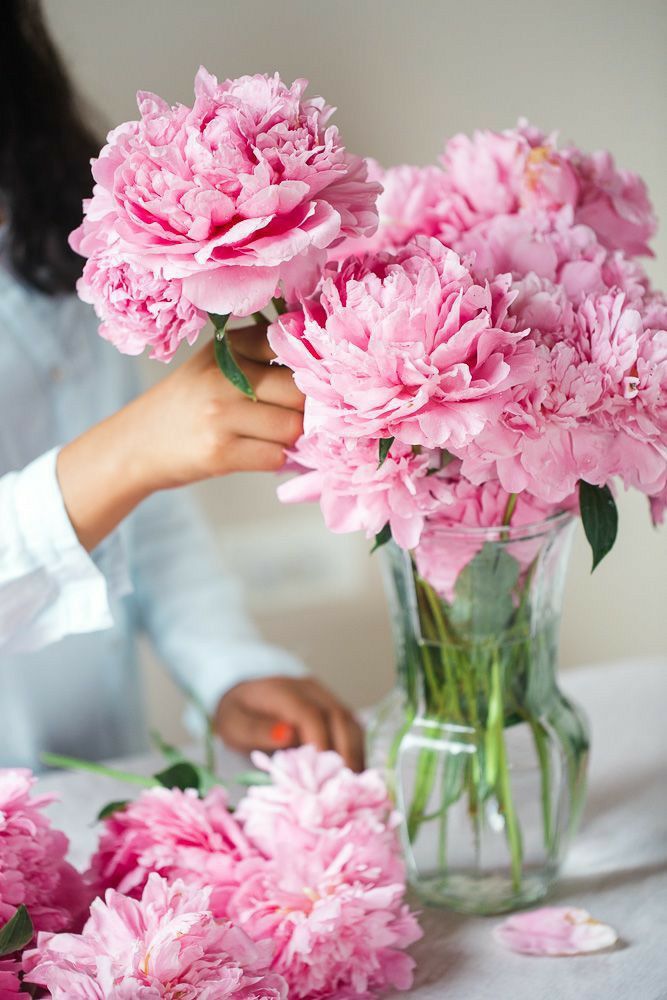
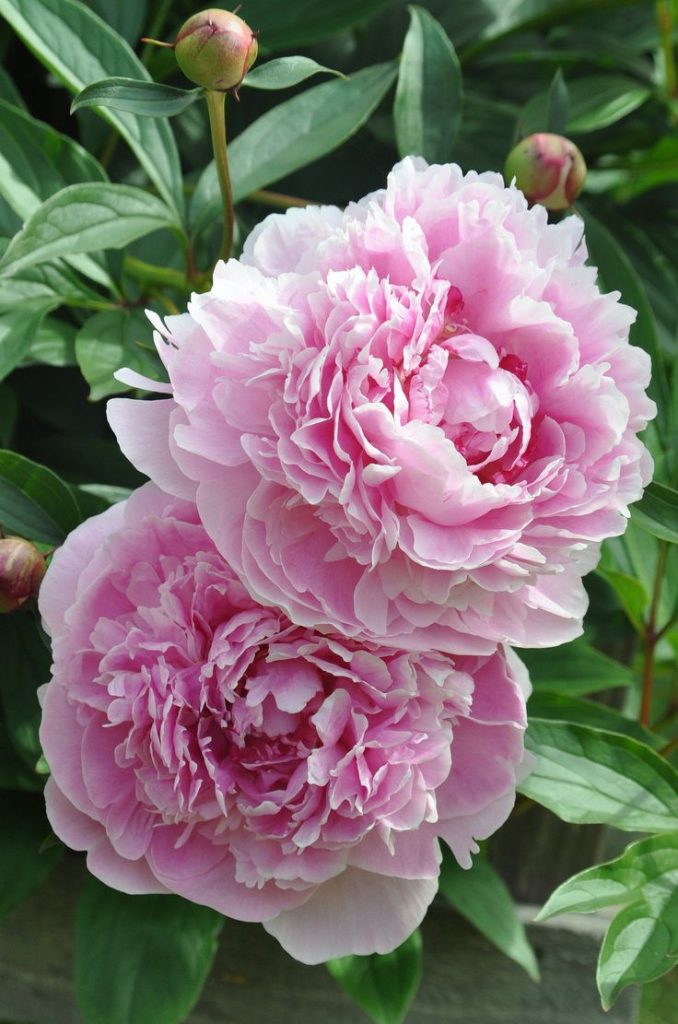
1. Choose the Right Plants
- Select Compact Varieties: Choose plants that are well-suited to container gardening and have compact growth habits. Look for dwarf or patio varieties of flowers, herbs, vegetables, and ornamental plants that thrive in confined spaces.
- Consider Light Requirements: Assess the sunlight conditions in your small space and choose plants that match the available light levels. Select shade-loving plants for north-facing balconies or brighten up sunny spots with sun-loving flowers and herbs.
2. Pick Suitable Containers
- Size and Depth: Select containers and pots of appropriate size and depth for the selected plants. Choose containers with sufficient drainage holes to prevent waterlogging and ensure good airflow around the roots.
- Materials: Opt for lightweight and durable containers made of materials such as plastic, fiberglass, ceramic, or resin. Avoid metal containers that can heat up in direct sunlight and potentially damage plant roots.
3. Prepare Potting Mix
- Quality Potting Soil: Use a high-quality potting mix specifically formulated for container gardening. Avoid using garden soil, which may become compacted and hinder drainage in containers.
- Add Organic Matter: Enhance the potting mix with organic matter such as compost, aged manure, or coconut coir to improve moisture retention, soil structure, and nutrient availability for plants.
4. Planting and Arranging
- Thriller, Filler, Spiller: Follow the “thriller, filler, spiller” planting technique to create visually appealing container arrangements. Choose a tall, upright “thriller” plant as a focal point, surround it with medium-height “filler” plants, and trail low-growing “spiller” plants over the edges of the container.
- Grouping: Group containers of varying sizes and heights together to create visual interest and maximize planting space. Arrange containers strategically to optimize sunlight exposure and airflow around each plant.
5. Watering and Maintenance
- Watering Schedule: Establish a regular watering schedule based on the moisture needs of the plants and environmental conditions. Check soil moisture regularly and water containers thoroughly when the top inch of soil feels dry to the touch.
- Fertilizing: Feed container plants with a balanced liquid fertilizer or slow-release granular fertilizer according to label instructions to provide essential nutrients for healthy growth and flowering.
6. Seasonal Care and Rotation
- Seasonal Refreshment: Refresh container gardens seasonally by replacing tired or spent plants with new varieties or seasonal favorites. Prune and deadhead plants regularly to maintain compact growth and encourage continuous flowering.
- Rotation and Overwintering: Rotate containers periodically to ensure even sunlight exposure and prevent uneven growth. Consider overwintering tender plants indoors or protecting containers with frost cloth or insulating materials during cold weather.
Conclusion
Planting in containers and pots offers a creative and space-efficient way to bring greenery and beauty to small outdoor spaces. By choosing the right plants, containers, and potting mix, arranging containers strategically, and providing proper care and maintenance, you can create vibrant and thriving mini-gardens that enhance the charm and livability of your small space. Embrace container gardening as a versatile and enjoyable gardening option, and transform your balcony, patio, or window sill into a green oasis of color and life.
FAQs (Frequently Asked Questions)
- Can I grow vegetables and herbs in containers?
- Yes, many vegetables and herbs are well-suited to container gardening, including tomatoes, peppers, lettuce, spinach, kale, basil, parsley, and mint. Choose compact varieties and provide adequate sunlight, water, and nutrients for successful container vegetable and herb gardening.
- How do I prevent overwatering in container gardens?
- To prevent overwatering, use containers with drainage holes to allow excess water to escape freely. Water containers thoroughly but allow the top inch of soil to dry out between waterings. Use a moisture meter or check soil moisture by inserting your finger into the soil to gauge when to water.